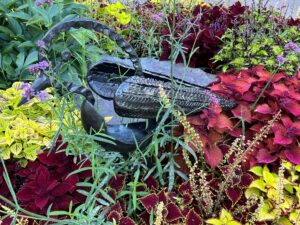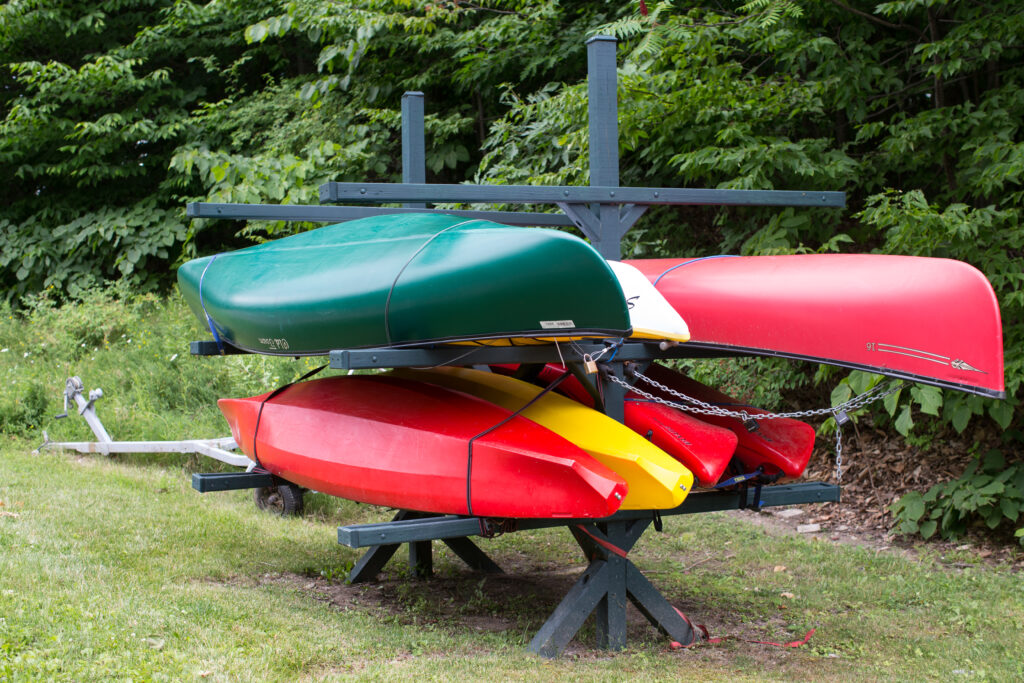
It feels like life is an endless series of screens. It is difficult to break away from the digital world. On the other hand, it offers amazing opportunities for special connections. We asked a few Wake Robin residents how they use their internet pipelines to engage the world.
Geri A. gives talks to healthcare organizations on the various human aspects of healthcare such as disclosure of unanticipated outcomes, apology, communicating with angry people, informed consent, and the like. She regularly hosts virtual classes for UVM’s Olli program, and, for personal growth, Geri participates as a student in a series of classes in Buddhism being taught by a lama in Nepal.
Also pursuing peace of mind is Lucy B. who has been practicing daily meditation for 50 years! For the last 5 years, she has led a weekly international group of 25 regulars, half US/Canada, half UK, and one from Latvia. As a member of her international Christian meditation community, she also creates and runs its US national website, and manages its national Zoom platform.
Some professions have an international scope and digital communications are the key to making that possible. Bernie R. is a conductor who has worked with orchestras all over the world. He has a strong connection with classical musicians in Cuba and recently mentored a conducting student, living in Sweden, who is working to be accepted into a graduate program at the Royal Academy in London. From his home at Wake Robin, Bernie can help with the analysis of the score and critique technique, from Shelburne to Malmö!
We sometimes get asked, “How robust is the Wake Robin internet service?” It seems to be good enough to connect to the world!

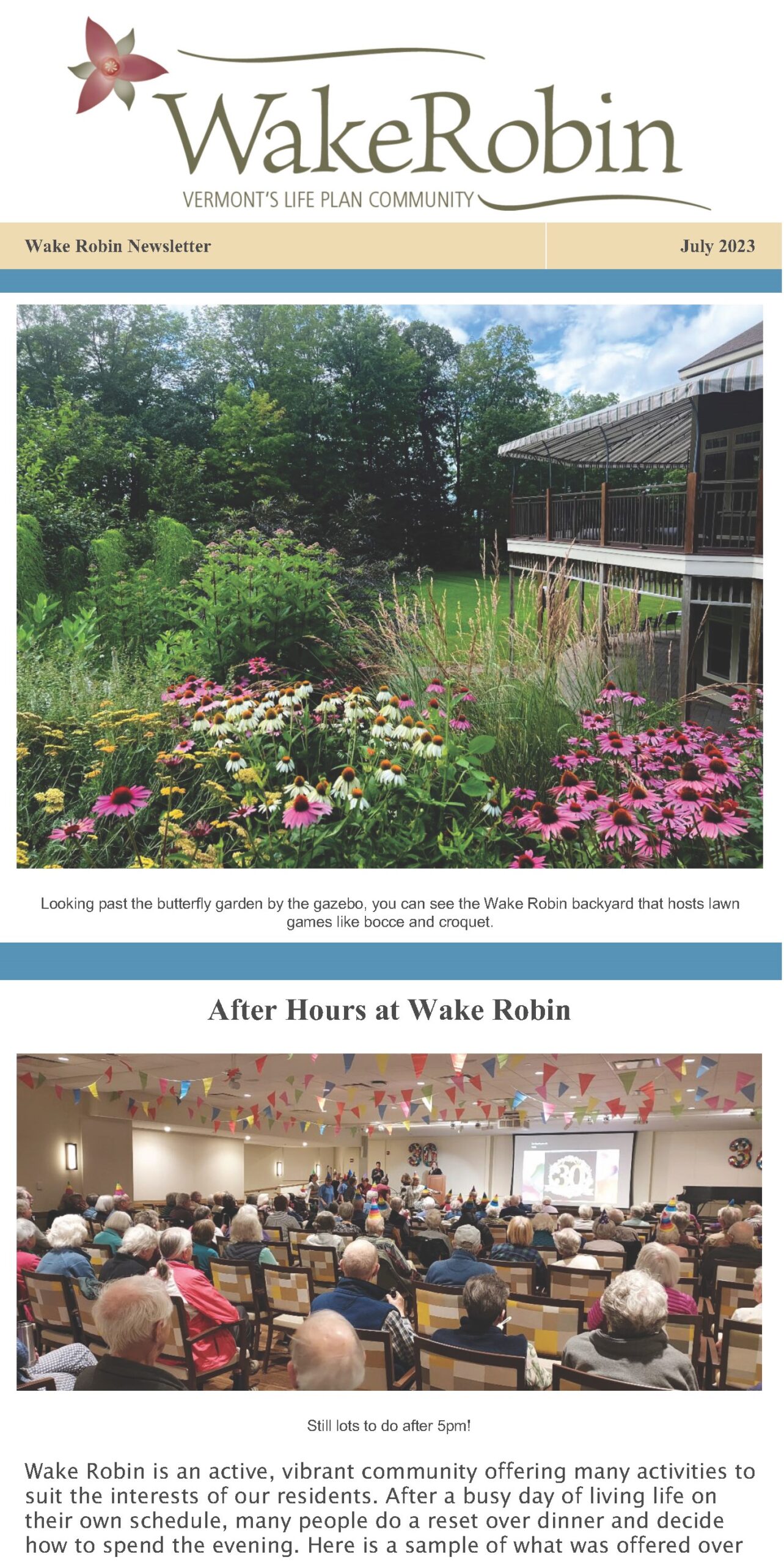
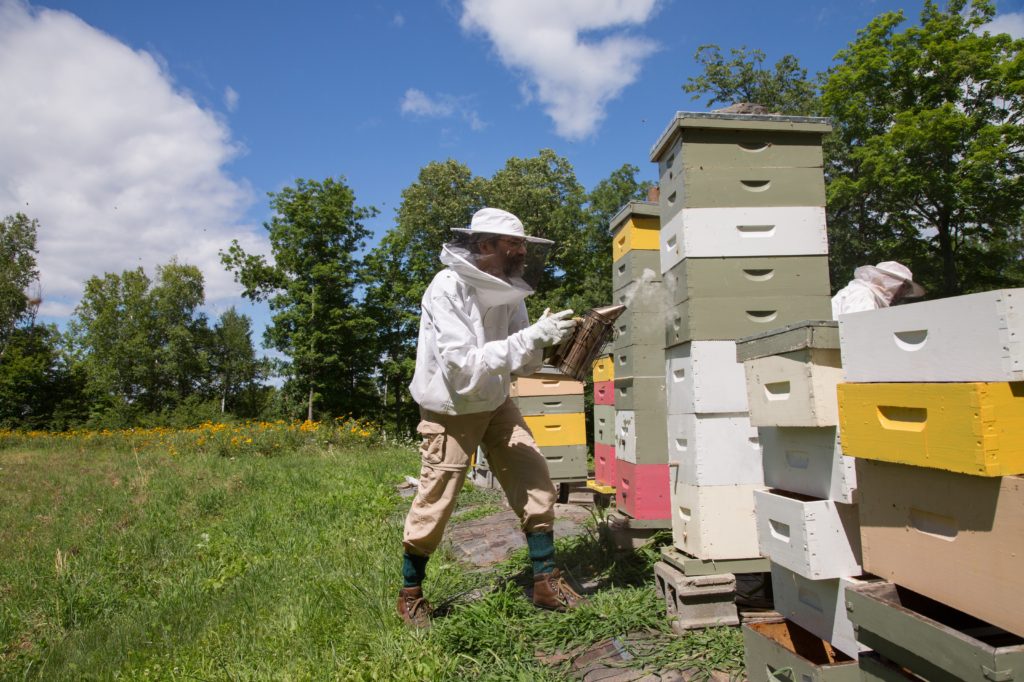
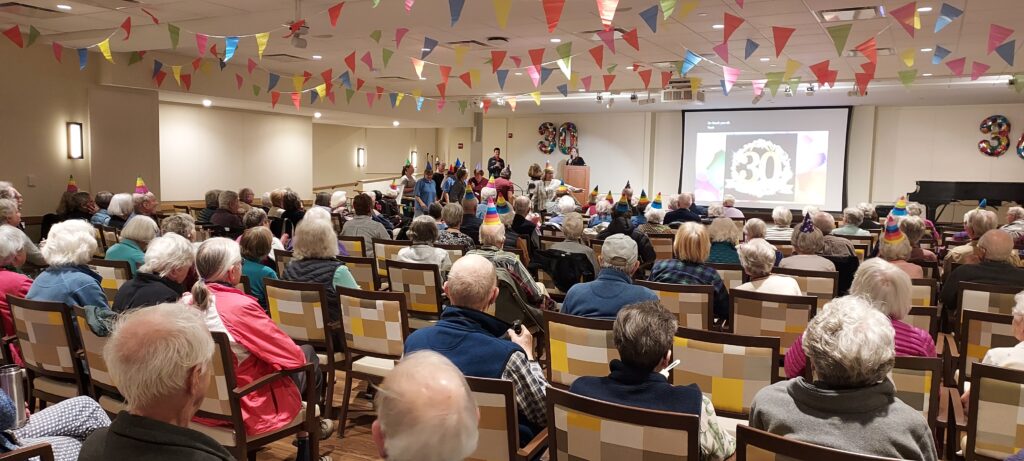

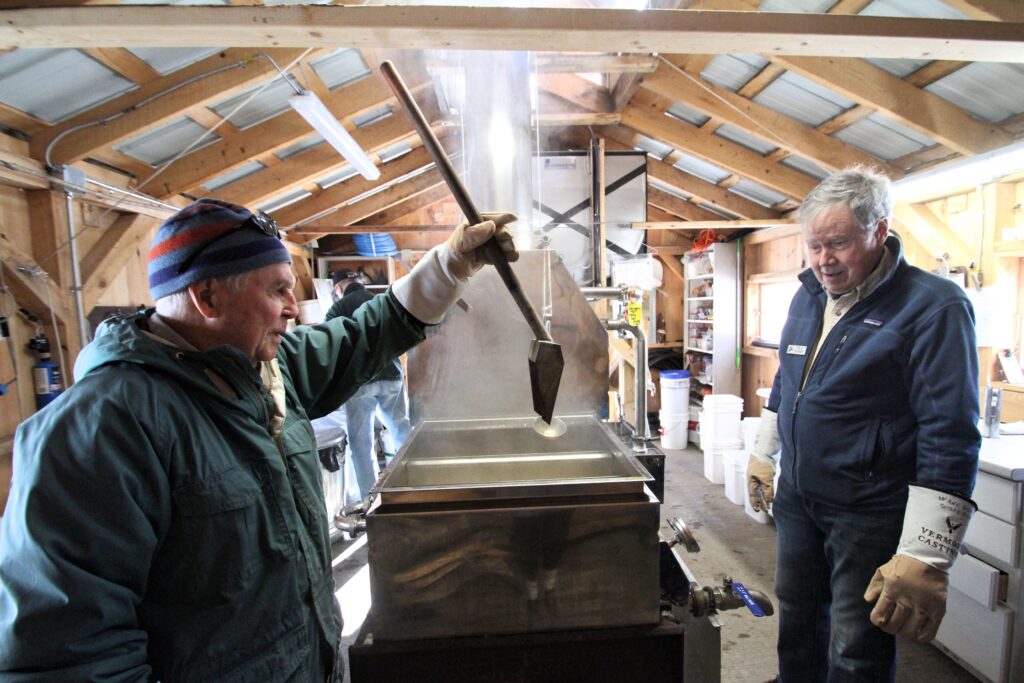
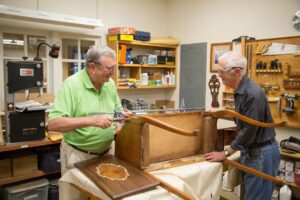 Residents of Wake Robin know that the Woodshop has a work order system. They will do repairs to furniture and assorted odd jobs. How odd? We asked Jim W. to tell us about some of the projects brought to them. Yes, they get the usual wobbly chair legs or a refinishing request but then it goes well beyond wood. “We’ve fixed a toaster, a pedometer, a bicycle, clocks, porcelain, and assembled plastic shelving. We cut down the handle of a toilet brush to make it the right size…actually that was wood,” Jim told us.
Residents of Wake Robin know that the Woodshop has a work order system. They will do repairs to furniture and assorted odd jobs. How odd? We asked Jim W. to tell us about some of the projects brought to them. Yes, they get the usual wobbly chair legs or a refinishing request but then it goes well beyond wood. “We’ve fixed a toaster, a pedometer, a bicycle, clocks, porcelain, and assembled plastic shelving. We cut down the handle of a toilet brush to make it the right size…actually that was wood,” Jim told us.
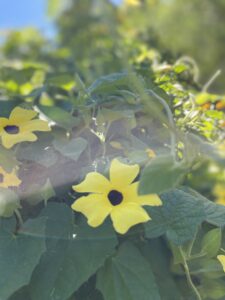 Incoming residents are often surprised to have so much leniency in the planning of their garden spaces. Some residents tend to their own gardens, hire local landscaping companies or even use Wake Robin staff to do upkeep. The gardens surrounding the cottages can be as simple or as intricate as a resident would like.
Incoming residents are often surprised to have so much leniency in the planning of their garden spaces. Some residents tend to their own gardens, hire local landscaping companies or even use Wake Robin staff to do upkeep. The gardens surrounding the cottages can be as simple or as intricate as a resident would like.